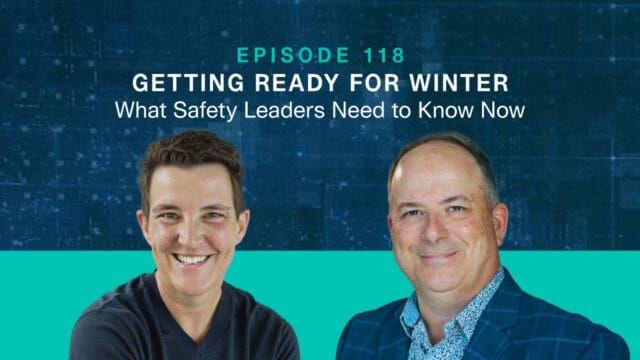
API RP 1173: Why It Matters More Than Ever

API RP 1173, developed by the American Petroleum Institute (API), is a Pipeline Safety Management System (PSMS) framework. It was created in collaboration with the National Transportation Safety Board (NTSB) and other industry stakeholders. The goal is to enhance safety, reduce risks, and encourage continuous improvement in pipeline operations. Introduced in 2015, the framework was a direct response to the 2010 Kalamazoo River oil spill, which exposed major safety failures.
Purpose and Scope
API RP 1173 offers a voluntary, adaptable safety management system for pipeline operators of all sizes. It covers the design, installation, operation, maintenance, and integrity of pipelines. While not legally required, it is strongly recommended by industry leaders and regulators. Following it can help prevent accidents, reduce risk, and protect both the public and the environment.
Key Features of API RP 1173
1. Risk Management and Continuous Improvement: The framework prioritizes identifying and managing risks while building a culture of ongoing improvement.
2. Scalability: It works for companies of all sizes, from small operators to large corporations.
3. Cultural Shift: API RP 1173 promotes a safety-first mindset. It requires leadership commitment and employee involvement at every level.
Core Elements
The framework follows a Plan-Do-Check-Act (PDCA) cycle:
- Plan: Focus on leadership and comprehensive risk management.
- Do: Implement controls, emergency plans, training, and stakeholder engagement.
- Check: Review incidents, evaluate performance, and apply lessons learned.
- Act: Improve systems continuously through feedback and management review.
Benefits of Implementation
- Enhanced Safety: The framework helps prevent accidents and reduces environmental harm.
- Regulatory Preparedness: It aligns with guidance from agencies like PHMSA, preparing companies for future regulations.
- Reputation Management: Demonstrating commitment to safety builds public trust and stakeholder confidence.
- Cost Savings: Avoiding incidents can prevent fines, legal costs, and cleanup expenses. For example, the Kalamazoo spill cost $177 million.
Implementation Considerations
To adopt API RP 1173, pipeline operators should:
- Perform a gap analysis to evaluate existing safety practices.
- Regularly review and update risk assessments, audit processes, and KPIs.
- Train staff and contractors to stay compliant and informed on safety protocols.
Conclusion
API RP 1173 is a proactive, industry-led initiative that aims for zero incidents in pipeline operations. By supporting a strong safety culture, ongoing improvement, and risk awareness, it gives operators the tools to protect people, the environment, and their reputation.
About the Author
Dr. Simon Goncharenko, PhD, CSP, CSHO is the Director of EHS at Veriforce, LLC, and member of the Veriforce Strategic Advisory Board. Having been born and raised in Eastern Europe, Simon’s 30 years of professional experience have seen him lead teams on three continents and in various industries, including oil and gas, construction, and data centers.
His most recent employment prior to Veriforce was with Meta Platforms, Inc. formerly Facebook, where Simon supported construction of multi-billion-dollar hyperscale AI data centers. Dr. Goncharenko has authored or contributed to over 80 articles, including in the Professional Safety Journal, and 6 books, including Save Lives: Pushing Boundaries in Human Factors, and Operationalizing Safety for Today’s World: A Humancentric Practical Guide. The companion training to the book, entitled Save Lives Global Human & Organizational Factors©, the world’s first and only human factors program designed specifically for the operators, builders, and contractors of mission critical facilities, has been widely popular with hundreds of participants around the globe. Simon is an animated and engaging professor and Master Trainer, charismatic keynote speaker, and podcaster of the Save Lives Global Podcast.




